Street talk: Awol Erizku fills a conceptual gallery with work inspired by LA turf
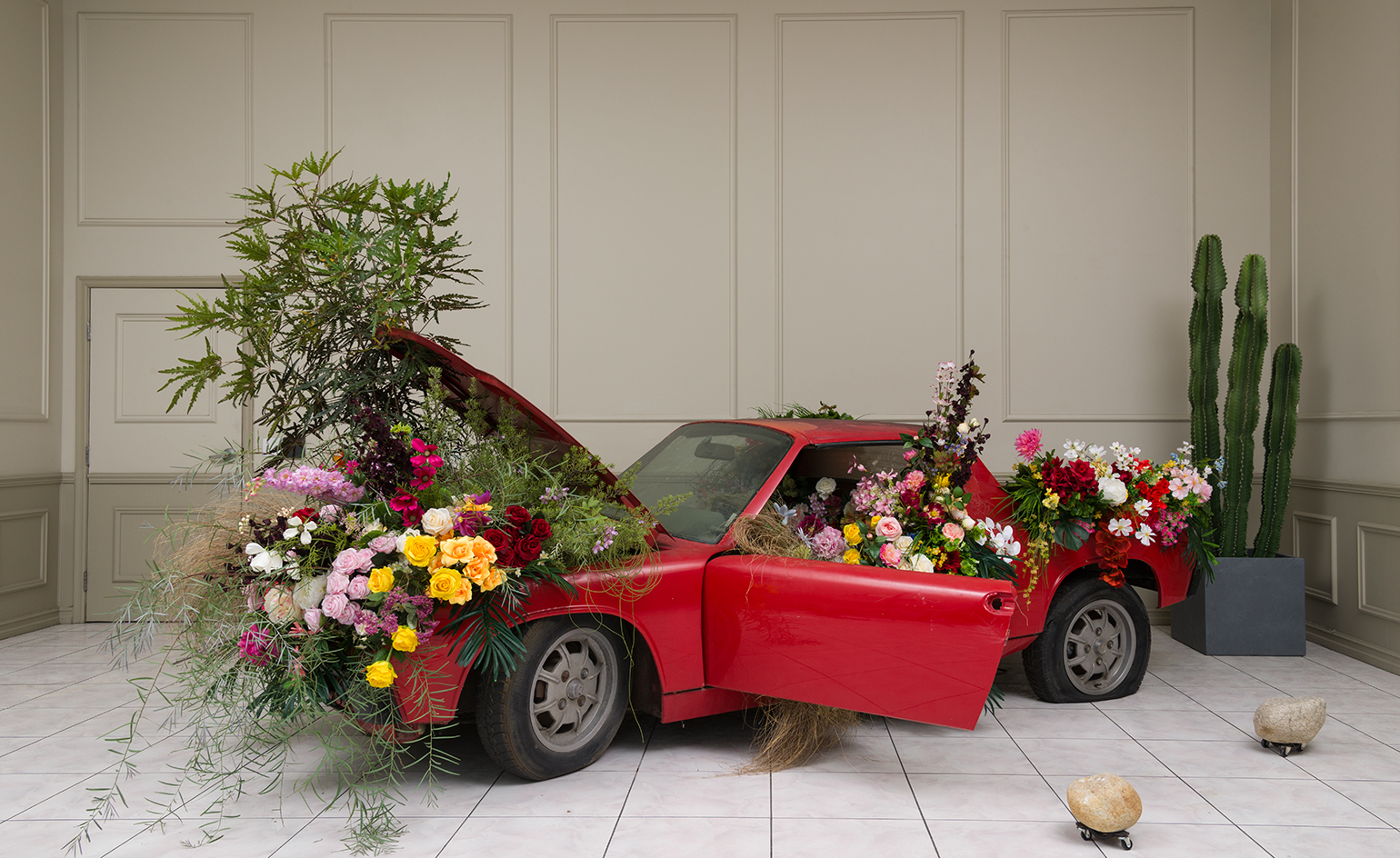
If there’s one thing LA has plenty of, it’s detox clinics. But you won’t find conventional therapies at The Duchamp Detox Clinic, where the cleansing is more esoterically observed.
The brainchild of 27-year-old artist Awol Erizku, The Duchamp Detox Clinic is a roving ‘conceptual gallery’ – a transient space showcasing the work of artists who aren’t already represented and whose interests are in ready mades that repurpose objects with new ideas. The Clinic’s first brick-and-mortar exhibit opened last week at the Everest Trading Corporation – a backpack and luggage warehouse in downtown LA’s Arts District – in partnership with Night Gallery.
Ethiopian-born Erizku, who grew up in the Bronx and graduated from Yale’s MFA programme in 2014, relocated his studio to LA a year ago. In 2015, he premiered his film Serendipity at MoMA, New York. At the end of last year, his 2013 photographs of sex workers in Addis Ababa, where the artist was born, showed at Flag Foundation.
Those previous public presentations seem to have little to do, either in medium or charge, with what you get at The Duchamp Detox Clinic, which is inaugurated with an Erizku solo show entitled 'Bad II The Bone'. Yet they share a common aesthetic of popping colours combined with assertively formal compositions. 'Bad II The Bone' is a conceptual journey crystallising the 360-degree experience of travelling through the sprawling neighbourhoods of the City of Angels.
Though the work on display includes both sculptures and paintings, this approach is manifested in a Porsche 914, salvaged from the desert and transformed into a giant planter, titled Ask the dust – an allusion to the contradictions of car fanaticism and clean living in the city. Simultaneously, large paintings with vigorous lashes of house and spray paint on plywood backboards, have a texture reminiscent of buffing, the process of painting over graffiti. In other pieces, too, the salient materials recall neighborhoods of the city: the plastic veneer used in pieces such as Skip, hop, trip, drop, flip, flop with the white tube sock, 2015, are a distinct reminder of the tents that line nearby Skid Row, while the numbers in Say It Here, While It's Safe, 2015, are in fact gang turf markings.
The markers and structures that delineate and divide up urban neighborhoods and built environments have always interested Erizku. Growing up in a housing complex in the Bronx, overlooking a basketball court where gangs would gather, the social and political implications of architecture became a natural fascination. While these works might reference such themes more obliquely, the titles – such as Black Americans Killed by Police in 2014 Outnumbered Those Who Died on 9/11, 2015 – highlight the artist’s political objectives in no uncertain terms.
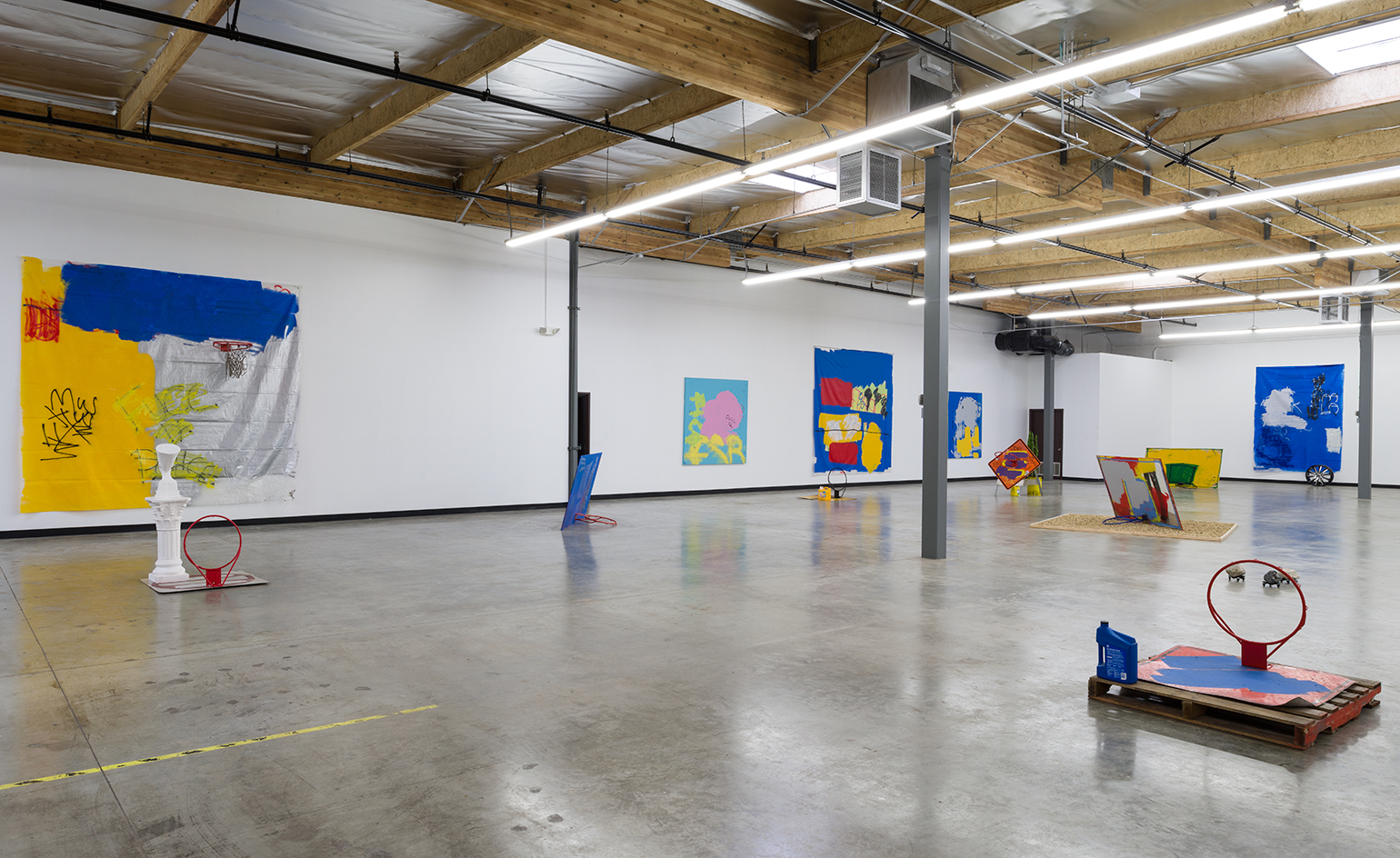
The space opens with an inaugural Erizku solo show, ’Bad II The Bone’ – a conceptual, 360-degree experience of travelling through the sprawling neighbourhoods of the City of Angels
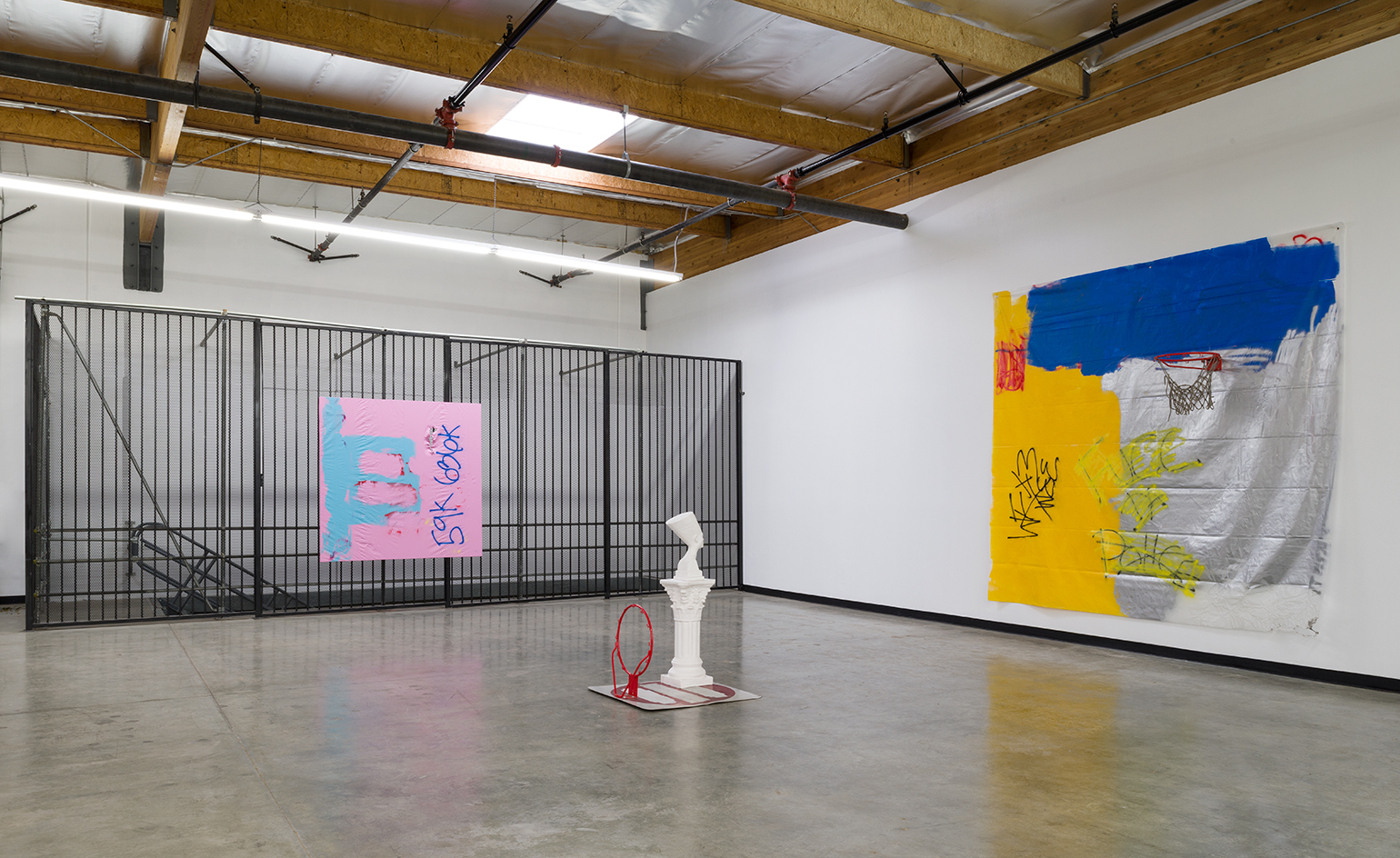
Featuring both sculptures and paintings, the works exhibited reference graffiti, gangland markings, materials that are synonymous with specific areas of the city and more
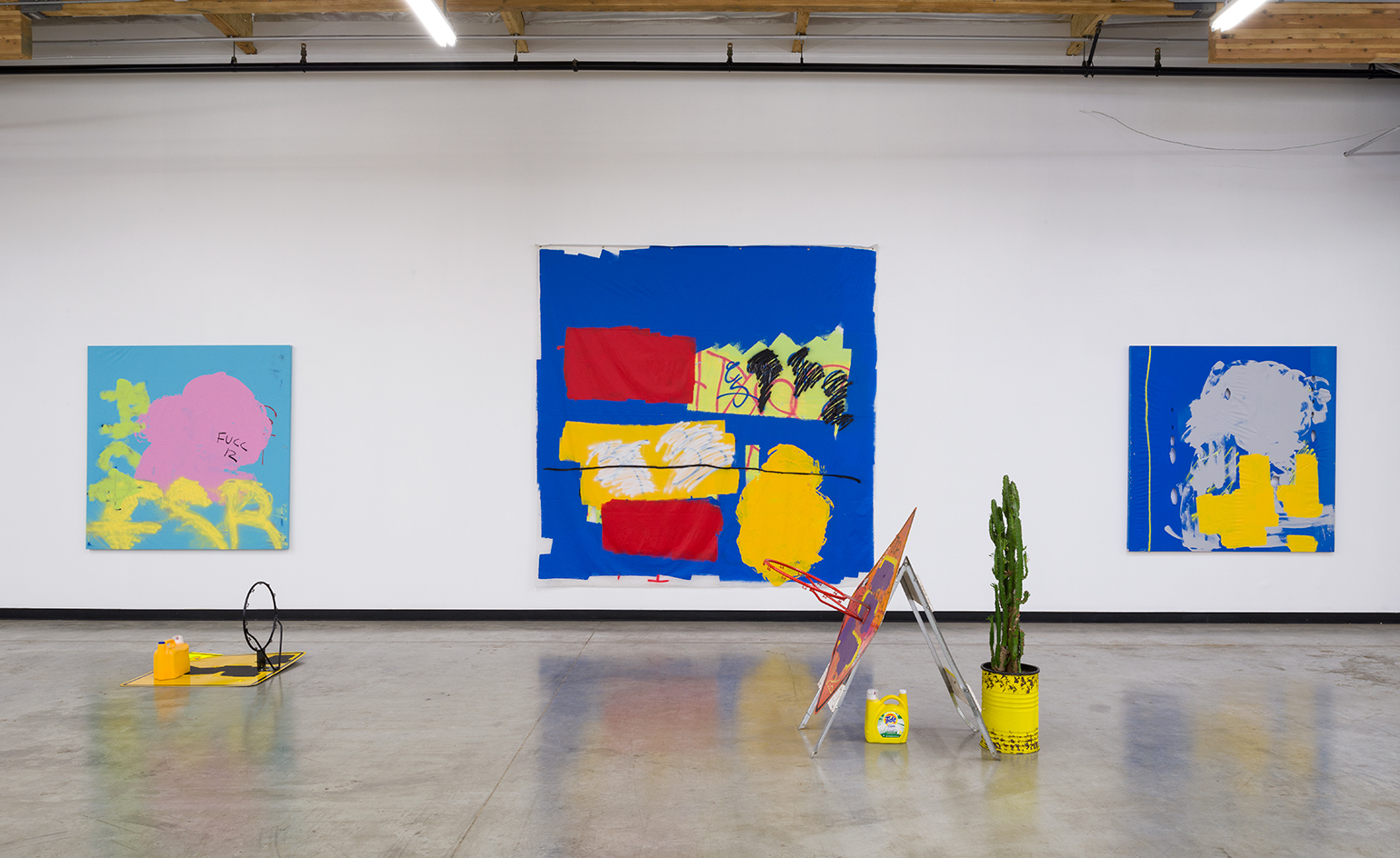
Growing up in a housing complex in the Bronx, overlooking a basketball court where gangs would gather, Erizku has long been fascinated by the markers and structures that delineate and divide up urban neighborhoods and built environments

The Clinic occupies the Everest Trading Corporation – a backpack and luggage warehouse in downtown LA’s Arts District – and is run in partnership with Night Gallery
INFORMATION
’Bad II The Bone’ is on view until 13 February. For more information, visit Night Gallery’s website
Photography: Jeff McClane. Courtesy of Night Gallery
ADDRESS
Duchamp Detox Clinic
655 S Santa Fe Ave
Los Angeles, California
Receive our daily digest of inspiration, escapism and design stories from around the world direct to your inbox.
Charlotte Jansen is a journalist and the author of two books on photography, Girl on Girl (2017) and Photography Now (2021). She is commissioning editor at Elephant magazine and has written on contemporary art and culture for The Guardian, the Financial Times, ELLE, the British Journal of Photography, Frieze and Artsy. Jansen is also presenter of Dior Talks podcast series, The Female Gaze.
-
 Inside the Melbourne exhibition which puts fashion renegades Rei Kawakubo and Vivienne Westwood in conversation
Inside the Melbourne exhibition which puts fashion renegades Rei Kawakubo and Vivienne Westwood in conversation‘Westwood Kawakubo’ at the National Gallery of Victoria (NGV) in Melbourne draws on the designers’ shared ‘spirit of rebellion’, curators Katie Somerville and Danielle Whitfield tell Wallpaper*
-
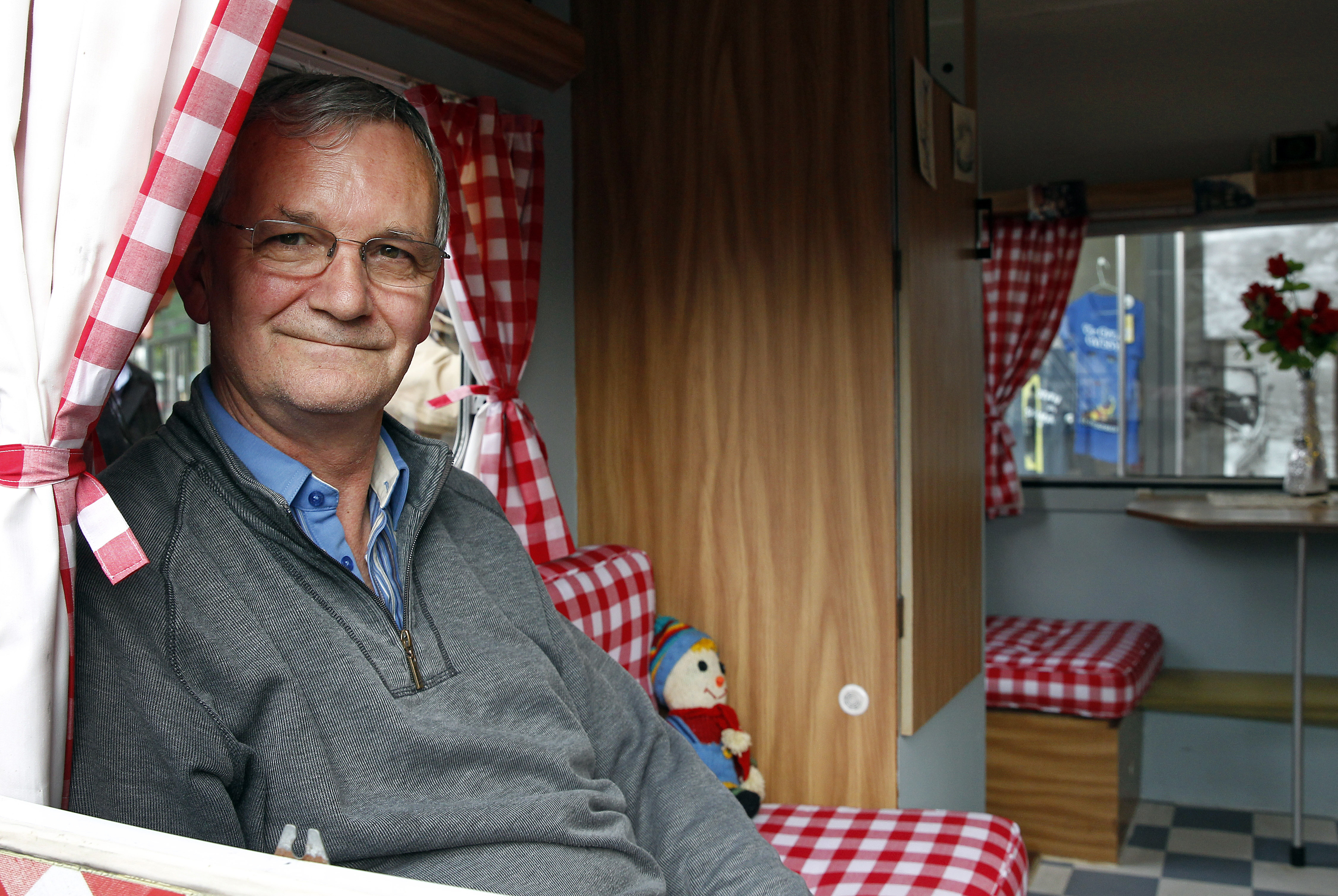 Remembering Martin Parr, astute documenter of the human condition
Remembering Martin Parr, astute documenter of the human conditionMartin Parr, a giant of photography, has died aged 73
-
 Wallpaper* gift guides: architecture expert Ellie Stathaki would like…
Wallpaper* gift guides: architecture expert Ellie Stathaki would like…Architecture & environment director Ellie Stathaki talks us through her shopping wish list for festive gift inspiration, and beyond
-
 Nadia Lee Cohen distils a distant American memory into an unflinching new photo book
Nadia Lee Cohen distils a distant American memory into an unflinching new photo book‘Holy Ohio’ documents the British photographer and filmmaker’s personal journey as she reconnects with distant family and her earliest American memories
-
 Ed Ruscha’s foray into chocolate is sweet, smart and very American
Ed Ruscha’s foray into chocolate is sweet, smart and very AmericanArt and chocolate combine deliciously in ‘Made in California’, a project from the artist with andSons Chocolatiers
-
 Jamel Shabazz’s photographs are a love letter to Prospect Park
Jamel Shabazz’s photographs are a love letter to Prospect ParkIn a new book, ‘Prospect Park: Photographs of a Brooklyn Oasis, 1980 to 2025’, Jamel Shabazz discovers a warmer side of human nature
-
 The Hammer Museum in Los Angeles launches the seventh iteration of its highly anticipated artist biennial
The Hammer Museum in Los Angeles launches the seventh iteration of its highly anticipated artist biennialOne of the gallery's flagship exhibitions, Made in LA showcases the breadth and depth of the city's contemporary art scene
-
 Thomas Prior’s photography captures the uncanny fragility of American life
Thomas Prior’s photography captures the uncanny fragility of American lifeA new book unites two decades of the photographer’s piercing, uneasy work
-
 Central Park’s revitalised Delacorte Theater gears up for a new future
Central Park’s revitalised Delacorte Theater gears up for a new futureEnnead Architects helmed an ambitious renovation process that has given the New York City cultural landmark a vibrant and more accessible future
-
 Stephen Prina borrows from pop, classical and modern music: now MoMA pays tribute to his performance work
Stephen Prina borrows from pop, classical and modern music: now MoMA pays tribute to his performance work‘Stephen Prina: A Lick and a Promise’ recalls the artist, musician, and composer’s performances, and is presented throughout MoMA. Prina tells us more
-
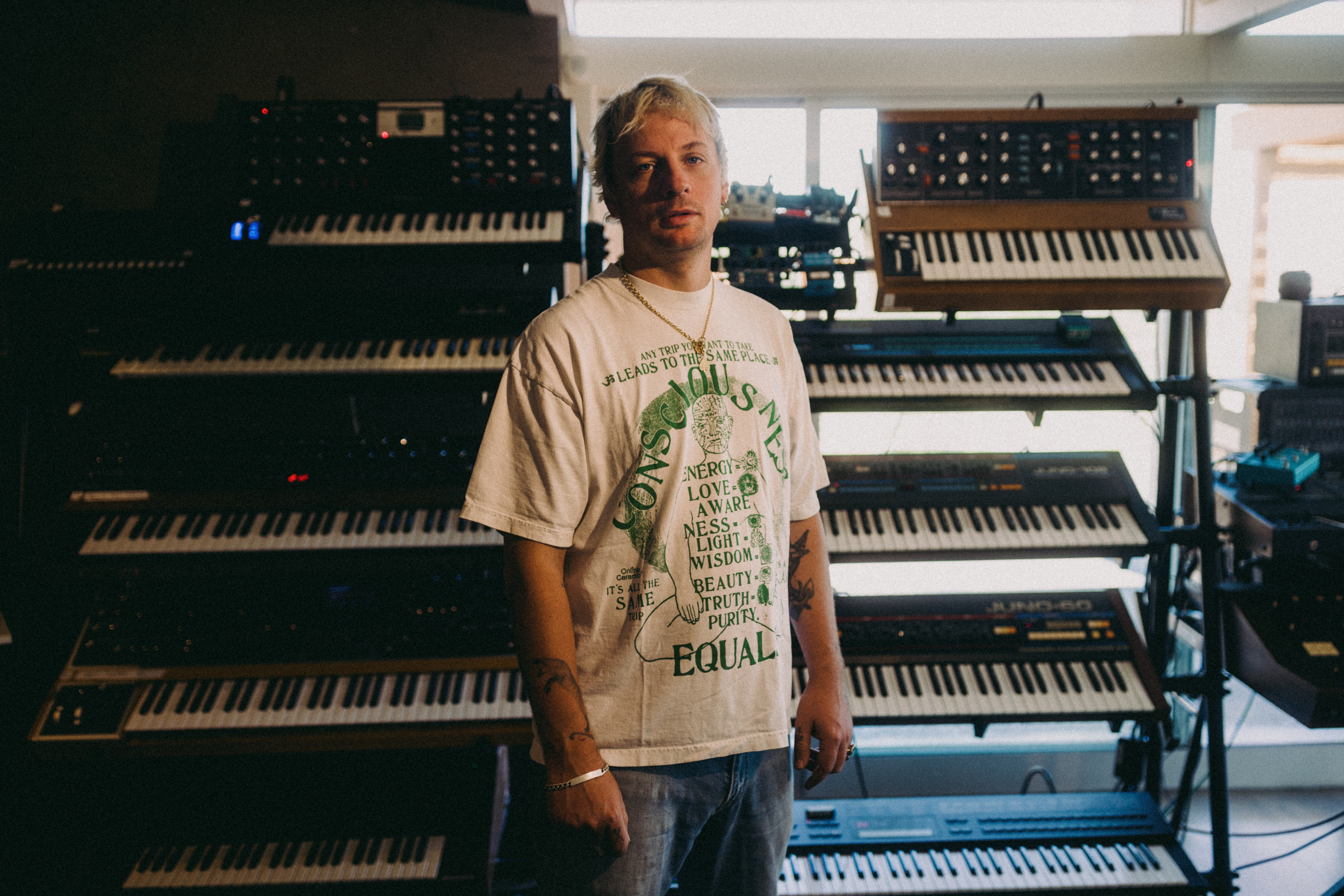 Curtains up, Kid Harpoon rethinks the sound of Broadway production ‘Art’
Curtains up, Kid Harpoon rethinks the sound of Broadway production ‘Art’He’s crafted hits with Harry Styles and Miley Cyrus; now songwriter and producer Kid Harpoon (aka Tom Hull) tells us about composing the music for the new, all-star Broadway revival of Yasmina Reza’s play ‘Art’